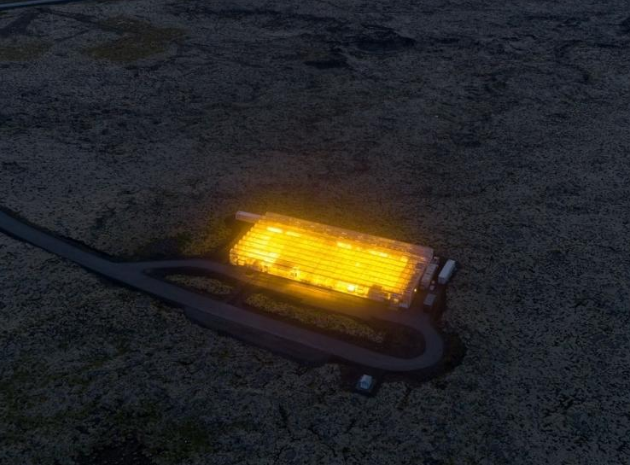Aurubis sells the aluminum and plastic it recovers to those industries; copper and other nonferrous metals go into its own ovens. In the tidy yard, the dust is swept daily and fed to the smelter. "We have no waste here," Laser said.
奥如比斯厂将提取的铝和塑料销往相关厂家;铜和其他非铁金属则进入自家熔炉。在整洁的场院里,尘埃按日清扫,送入熔炉。“我们这里不生成废物。”拉泽说。
Worldwide, only about a fifth of all electronic waste is recycled, according to a 2017 UN report. Aurubis even takes shipments from the United States. "But I do wonder sometimes why such a highly industrialized country would give up such resources," Roth said. "They're sitting on billions." That's starting to change. Apple, for example, encourages customers to trade in old iPhones; an intelligent robot in Texas dismantles them and extracts materials for new devices.
根据2017年联合国的报道,全世界只有约五分之一的电子废物得到回收。奥如比斯甚而从美国进口废品。“但我也不时疑惑,为何如此发达的工业国家将这样的资源白白送人。”拉泽说,“坐失几十亿美元的财富。”这正开始转变。例如,苹果公司鼓励用户旧机换新机;德克萨斯的一台智能机器人将电子废物拆解,用于制造新设备。

But copper exemplifies a general challenge: There's a limit to what even aggressive recycling can accomplish. At Aurubis, recycled copper accounts for only a third of production; the rest still comes from mines. World copper production has quadrupled in the past half century and is still growing. The technologies we need to get off fossil fuels require a lot of copper; a single giant wind turbine uses about 33 tons.
但铜也代表了一种普遍的挑战:即便是最积极的回收策略也有力所不及之处。在奥如比斯,回收铜只占总产品的三分之一,其他部分还是来自铜矿。过去半个世纪中,全球铜产量增长了三倍,并持续上升。我们要摆脱化石燃料所需的技术需要大量的铜。一台巨大的风力发电涡轮所需的铜就约有30吨。
"Demand is growing," Laser said. "You'll never cover that with recycling." The circular economy is going to require other strategies.
拉泽说:“需求越来越大。你永远也无法用回收来全面覆盖。”循环经济需要其他策略。













